New York State Direct Cash Transfer Research Pilot
What is the New York State Direct Cash Transfer Research Pilot?
The Office of Children and Family Services (OCFS) in partnership with the Office of Temporary and Disability Assistance (OTDA), the Center for Guaranteed Income Research (CGIR), University of Pennsylvania, the Redlich Horowitz Foundation and Youth Research Institute (YRI) conduced a Direct Cash Transfer Research Pilot program.
Specifically, New York offered an infusion of cash to a small number of families at risk for child welfare engagement as part of a pilot project in participating counties. As part of the pilot, OCFS and partners studied the impacts of the case transfer as part of randomized controlled research project.
Why a Direct Cash Transfer Research Pilot?
Poverty has been identified as a powerful predictor of child maltreatment and child welfare involvement.
In New York State, 57% of substantiated reports are for neglect only[1]. Poverty results from barriers rooted in structural racism and socioeconomic discrimination, not personal choices [2].
Modest economic and concrete supports are associated with reduced child maltreatment and involvement with child welfare[3].
When provided as little as $100 per year in additional child support payments, mothers were 10 percent less likely to have a screened-in maltreatment report[4].
The New York State’s child welfare system is in a period of transformation, moving from the status quo of child protection as a primary prevention strategy and moving toward services and resources that strengthen families and enable children to remain safely at home. This research was designed to inform the development of these new policies. Specifically, CGIR executed a randomized controlled trial to determine the impacts of a universal cash stipend on the overall health and well-being of participants and child welfare system involvement.
YRI was responsible for project management activities including the development and execution of an onboarding process for participants in the treatment group and for providing ongoing case management support throughout the research study. Through a strategic partnership with the financial resource institution, MoCaFi, the treatment group participants received their monthly stipends on a debit card and were able to access funds wherever major credit/debit cards are accepted, including ATMs.
Participant Selection
The target population for this research was households that were eligible to receive a differential response to CPS reports that were accepted by the New York State Central Register for Abuse and Maltreatment (SCR). This differential response, called Family Assessment Response (FAR) in New York State, is an option for engaging with families who are determined to have a child welfare issue but where there is no safety concern that rises to the level of immediate or impending danger for the child and or family. The project enrolled 150 households in three (3) New York counties to receive $500 per month, unconditionally, over a one-year period, totaling $6,000 per family. Payments concluded in July 2024.
Funding the DCT Research pilot
The funding for this research pilot was a mix of federal, state, and private funds; private funds were provided by the Redlich Horwitz Foundation.
Mitigating the possible loss of benefits
OCFS worked diligently with sister-state agencies and relevant authorities to mitigate the loss of benefits, including obtaining income disregard waivers wherever possible. OCFS obtained a waiver from the Office of Temporary and Disability Assistance (OTDA) for Temporary Assistance (TA) and Supplemental Nutrition Assistance Program (SNAP) benefits. Additionally, the research pilot utilized the Federal Reserve Bank of Atlanta’s Guaranteed Income (GI) Dashboard, which is an interactive tool that calculates the effect of GI on a family's public assistance receipt by providing a household's location, composition (like the number and ages of children), current participation in benefit programs and tax credits, and household level expenses for housing and childcare[5]. OCFS also developed a Benefits Matrix Tool, which provided information to participants about the potential loss of benefits. All participants were strongly encouraged to participate in benefits counseling in order to make an informed decision regarding participation in the research pilot. Lastly, OCFS established a Hold Harmless fund as a means of off-setting loss of benefits that may have resulted from an individual’s participation in the research pilot.
[1] U.S. Department of Health & Human Services, Administration for Children and Families, Administration on Children, Youth and Families, Children’s Bureau. (2021). Child Maltreatment 2019. https://www.acf.hhs.gov/cb/research-data-technology/ statistics-research/child-maltreatment.
[2] Hahn, H. & Sims, M. (2021). Poverty results from structural barriers, not personal choices. Safety net programs should reflect that fact. Urban Institute. https://www.urban.org/urban-wire/poverty-results-structural-barriers-not-personal-choices-safety-net-programs-should-reflect-fact
[3] Family and Child Well-being System: Economic & Concrete Supports as a Core Component. (2021, June). Chapin Hall. https://www.chapinhall.org/wp-content/uploads/Economic-Supports-deck.pdf
[4] Cancian, M., Yang, M.-Y., & Slack, K. S. (2013). The Effect of additional child support income on the risk of child maltreatment. Social Service Review, 87(3), 417–437. https://doi.org/10.1086/671929
[5] The GI Dashboard assumes the GI is structured as a gift according to IRS guidelines. Alternative payment structures may have different impacts on public assistance. Household level housing and childcare expenses are included as deductions in the eligibility determinations for some programs.






